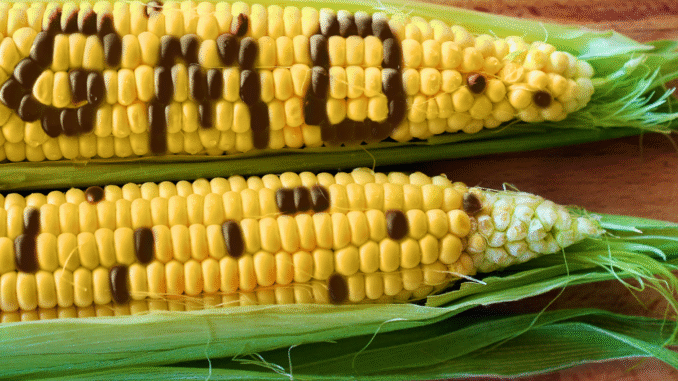
By GEORGE YULANI
When it comes to food, there are few topics that generate as much curiosity as GMOs. Some call GMOs the future of farming, while others worry about what they mean for our health and the environment. With so many voices in the conversation, it can be hard to separate fact from fear.
This article takes a straightforward look at the pros and cons of GMOs, drawing from current evidence and research. It isn’t about persuading you one way or the other—it’s about giving you the tools to understand what GMOs are, why they exist, and what scientists are learning about their impact.
Let’s start with a little history: the buzz around “GMOs” began as much with curiosity as controversy. GMOs—genetically modified organisms—are simply plants whose DNA has been adjusted in a lab to give them helpful traits like pest resistance, improved nutrition, or longer shelf life. The idea of GMOs can sound futuristic, but in reality it’s just a more precise version of plant breeding that’s been happening for centuries. As Time Magazine explains, selective breeding laid the groundwork for modern gene editing.
So what’s the upside? Many GMO crops, like corn or soy, are engineered to resist insects or tolerate herbicides. That means farmers can cut pesticide use, and environmental studies suggest overall chemical applications drop significantly. In fact, a meta-analysis of 147 studies found that adoption of GMO technology reduced pesticide use by about 37 percent. At the same time, crop yields increased roughly 22 percent. That suggests farmers—and consumers—could benefit from more food with fewer chemical interventions.
GMOs can also be tailored for nutrition. Take Golden Rice: it’s enriched with beta-carotene, a vitamin A precursor, to help prevent childhood blindness in regions where diets are deficient in this nutrient. This isn’t hypothetical—in places where vitamin A deficiency is common, Golden Rice can deliver meaningful nutritional support.
But GMOs aren’t without their critics. Concerns include the potential for allergens when genes from known allergens are introduced into new plant varieties. For example, an experimental GMO soybean that included a Brazil-nut protein triggered allergic responses, leading researchers to halt that effort. So while no current approved GMO foods have caused allergic reactions, the potential is taken seriously—and safety assessments are part of the approval process. Likewise, environmental concerns like “superweeds”—plants that evolve resistance after repeated herbicide use—signal that GMO success can ripple beyond the farm.
What about safety for everyday eating? Here’s where scientists and regulators mostly agree: available GMO foods have passed rigorous safety assessments, and there is no evidence linking them to health problems like cancer, allergies, or organ damage. The World Health Organization affirms that no proven risks have emerged, though each GMO product is evaluated individually. Still, public skepticism lingers. A 2020 poll reported by Time Magazine found that only 27 percent of Americans consider GMOs safe to eat—a perception gap that shows how trust is hard to win, even when science leans toward reassurance.
Globally, GMO adoption varies—most U.S. soy, corn, and cotton crops are GMO, but that’s not the case everywhere. In Europe, regulations are stricter, and consumer attitudes tend to be more cautious. Part of the debate revolves around transparency and labeling, yet research suggests health risks remain negligible—a sentiment echoed in a 2016 National Academies report that didn’t find additional hazards from GMO compared to conventional crops.
Talk of GMOs also loops into bigger conversations about sustainability. Genetic engineering can help crops thrive in drought, heat, or poor soil, which is especially relevant in a changing climate. Plus, engineering faster-growing species—like some types of GMO salmon—could eventually help feed more people using fewer natural resources.
At the end of the day, GMOs are not evil—and they’re not miracle cures. They’re tools, and like any tool, their value depends on how we use them. If they help reduce chemical exposure, improve nutrition, and boost harvests in challenging conditions, that’s a win. But careful regulation, ongoing research, and open labeling remain important.
Here’s something to keep in mind: if you’re walking through your grocery store, very few items will wear a “GMO” sign. Often, genetically engineered corn, soy, or canola are hidden inside familiar foods—think cooking oils, cereal ingredients, and snacks. If you’re choosing organic or non-GMO-labeled products, you’ll likely avoid most of it.
So what should a thoughtful shopper do? Start with curiosity, not fear. Learn what ingredients go into your food, ask questions, and trust vetted sources—like the WHO or national science bodies—that assess each GMO with care.
In plain terms: GMOs are tools that can do good—but only if handled wisely, transparently, and thoughtfully. And for your family’s table, the most important step is informed choices, not blind acceptance or rejection.
